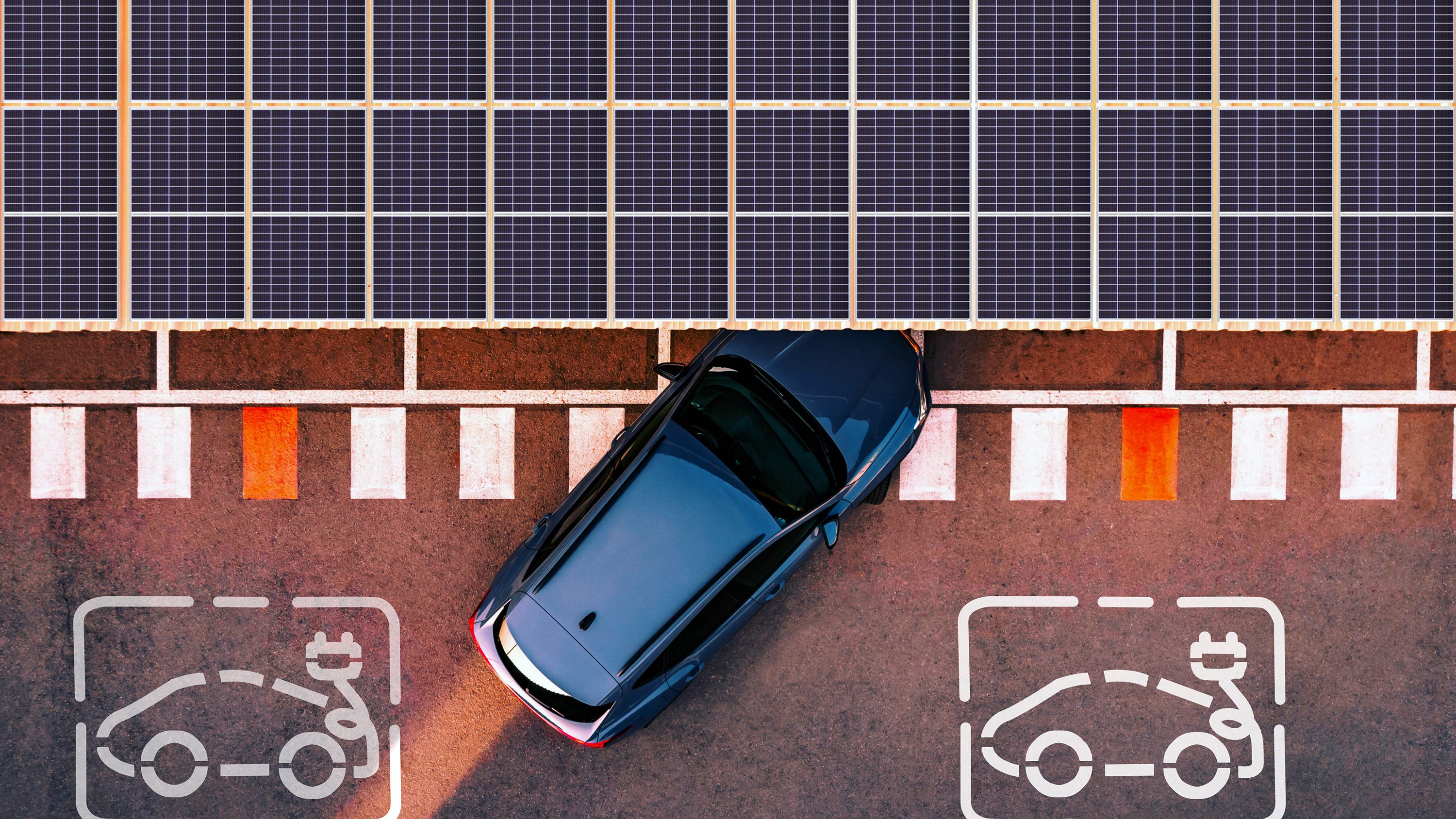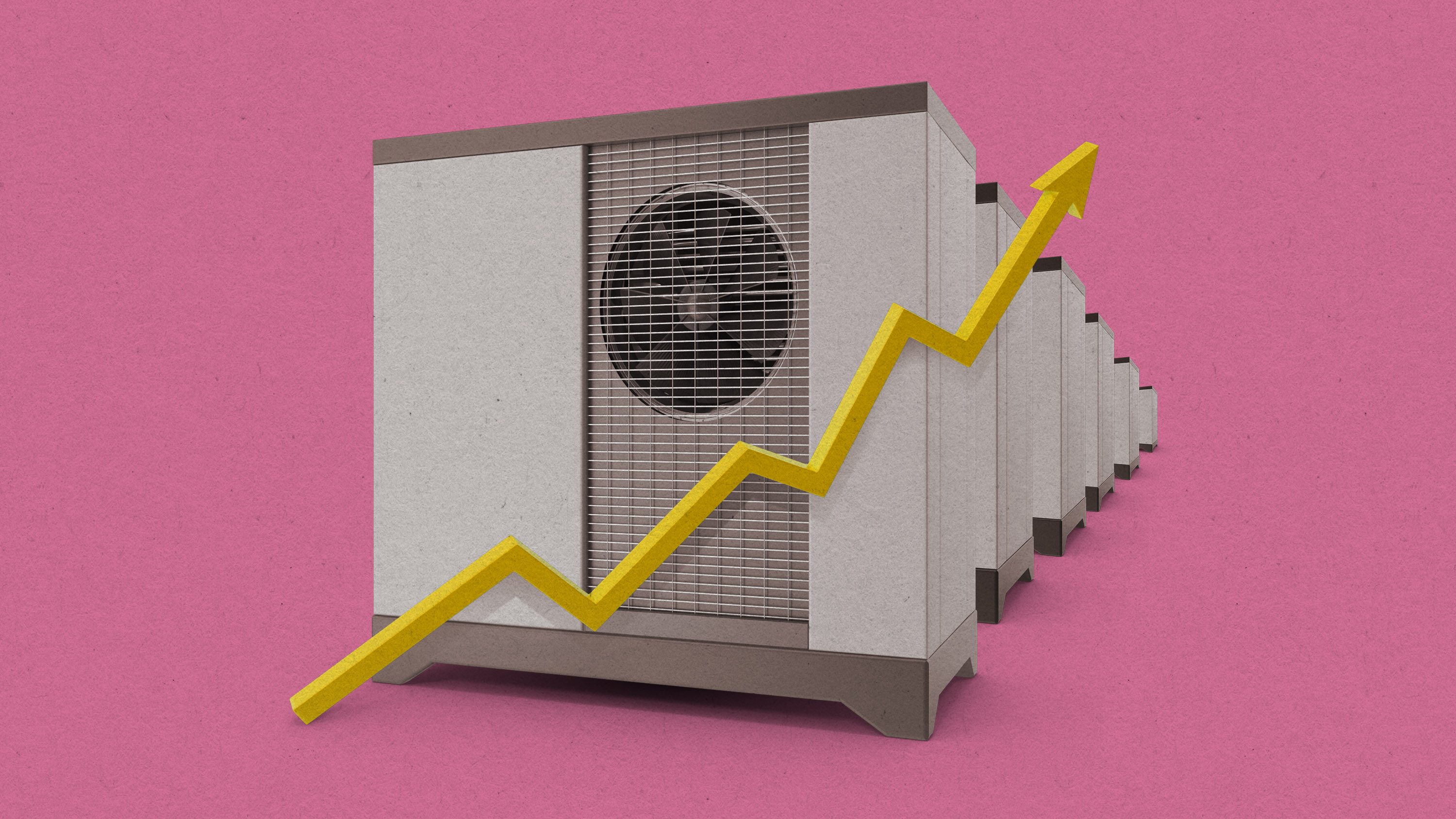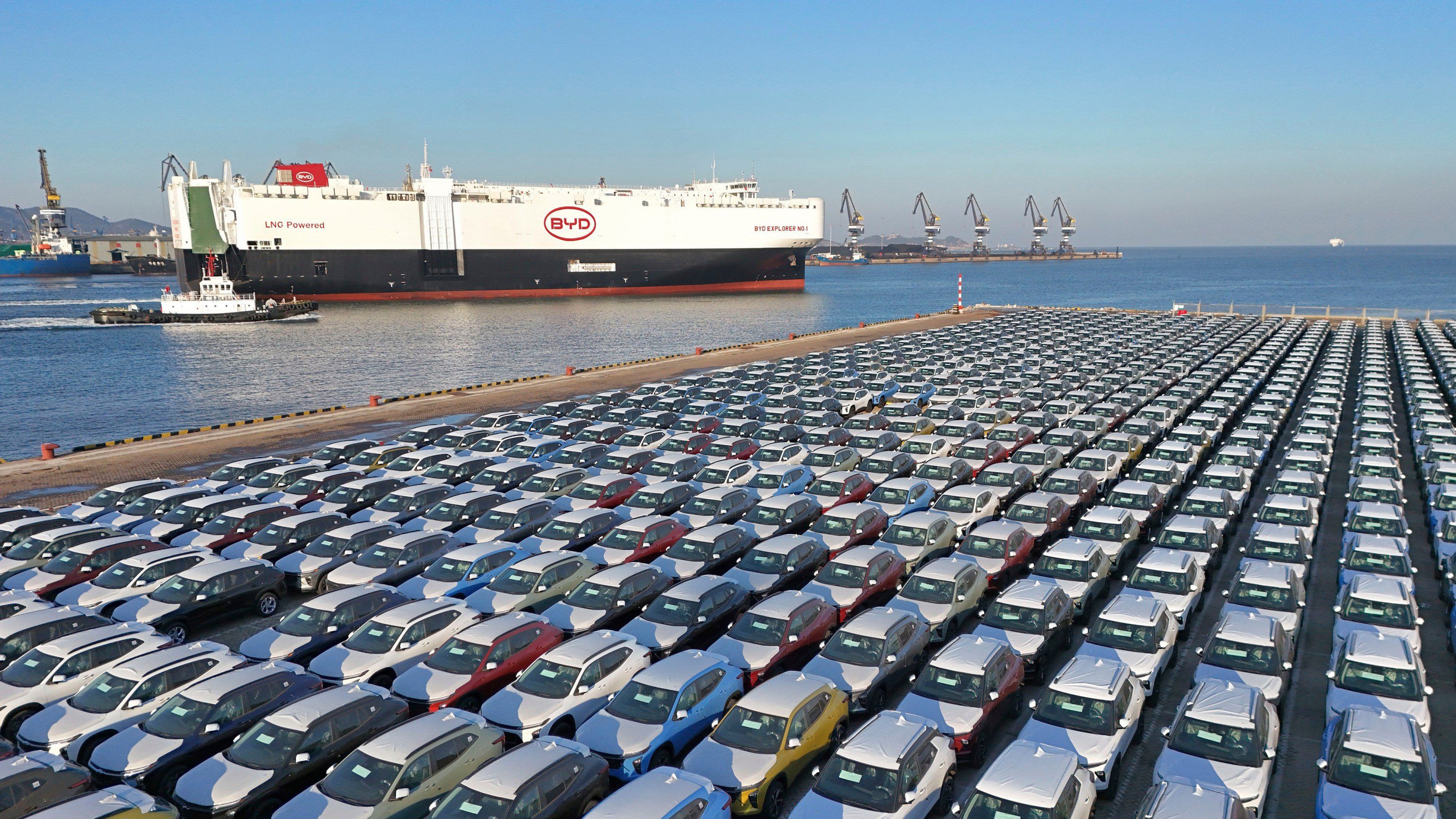Why New York City is testing battery swapping for e-bikes
This article is from The Spark, MIT Technology Review’s weekly climate newsletter. To receive it in your inbox every Wednesday, sign up here.
Spend enough time in a city and you’ll get to know its unique soundscape. In New York City, it features the echoes of car stereos, the deep grumbles of garbage truck engines, and, increasingly, the high-pitched whirring of electric bikes.
E-bikes and scooters are becoming a staple across the city’s boroughs, and e-bikes in particular are especially popular among the tens of thousands of delivery workers who zip through the streets.
On a recent cloudy afternoon in Manhattan, I joined a few dozen of them at a sign-up event for a new city program that aims to connect delivery drivers with new charging technologies. Drivers who enroll in the pilot will have access to either fast chargers or battery swapping stations for six months.
It’s part of the city’s efforts to cut down on the risk of battery fires, some of which have been sparked by e-bike batteries charging inside apartment buildings, according to the fire department. For more on the program and how it might help address fires, check out my latest story. In the meantime, here’s what I heard from delivery drivers and the startups at the kickoff event.
On a windy late-February day, I wove my way through the lines of delivery workers who showed up to the event in Manhattan’s Cooper Square. Some of them straddled their bikes in line, while others propped up their bikes in clusters. Colorful bags sporting the logos of various delivery services sprouted from their cargo racks.
City officials worked at tables under tents, assigning riders to one of the three startups that are partnering with the city for the new program. One company, Swiftmile, is building fast-charging bike racks for drivers. The other two, Popwheels and Swobbee, are aiming to bring battery swapping to the city.
Battery swapping is a growing technology in some parts of the world, but it’s not common in the US, so I was especially intrigued by the two companies who had set up battery swap cabinets.
Swobbee runs a small network of swapping stations around the world, including at its base in Germany. It is retrofitting bikes to accommodate its battery, which attaches to the rear of the bike. Popwheels is taking a slightly different approach, providing batteries that are already compatible with the majority of e-bikes delivery drivers use today, with little modification required.
I watched a Popwheels employee demonstrate the company’s battery swapping station to several newly enrolled drivers. Each one would approach the Popwheels cabinet, which is roughly the size and shape of a bookcase and has 16 numbered metal doors on the front. After they made a few taps on their smartphone, a door would swing open. Inside, there was space to slide in a used battery and a cord to plug into it. Once the battery was in the cabinet and the door had been shut, another door would open, revealing a fully charged e-bike battery the rider could unplug and slide out. Presto!
The whole process took just a minute or two—much quicker than waiting for a battery to charge. It’s similar to picking up a package from an automated locker in an upscale apartment building.
The crowd seemed to grow during the two hours I spent at the event, and the line stretched and squeezed closer to the edge of the sidewalk. I made a comment about the turnout to Baruch Herzfeld, Popwheels’ CEO and co-founder. “This is nothing,” he said. “There’s demand for 100,000 batteries in New York tomorrow.”
Indeed, New York City has roughly 60,000 delivery workers, many of whom rely on e-bikes to get around. And commuters and tourists might be interested in small, electrified vehicles. Meeting anything close to that sort of demand will take a whole lot more battery cabinets, as one can service just up to 50 riders, according to Popwheels’ estimates.
After they’d signed up and seen the battery swap demo, drivers who were ready to take batteries with them wheeled their bikes over to a few more startup employees, who helped make a slight tweak to a rail under their seats for the company’s batteries to slide into. Some adjustments required a bit of elbow grease, but I watched as one rider slid his new, freshly charged battery into place. He hopped on his bike and darted off into the bike lane, integrating into the flow of traffic.
Now read the rest of The Spark
Related reading
For more on the city’s plans for battery swapping and how they might cut fire risk, give my latest story a read.
Gogoro, one of our 15 Climate Tech Companies to Watch in 2023, operates a huge network of battery swapping stations for electric scooters, largely in Asia.
Some companies think battery swapping is an option for larger electric vehicles, too. Here’s how one startup wants to use modular, swappable batteries to get more EVs on the road.

Another thing
Harvard researchers have given up on a long-running effort to conduct a solar geoengineering experiment.
The idea behind the technique is a simple one: scatter particles in the upper atmosphere to scatter sunlight, counteracting global warming. But related research efforts have sparked controversy. Read more in my colleague James Temple’s latest story.
Keeping up with climate
The Biden administration finalized strict new rules for vehicle tailpipe emissions. Under the regulations, EVs are expected to make up over half of new vehicle sales by 2030. (NPR)
The first utility-scale offshore wind farm in the US is officially up and running. It’s a bright spot that could signal a turning point for the industry. (Canary Media)
→ Here’s what’s next for offshore wind. (MIT Technology Review)
The UK has big plans for heat pumps, but installations aren’t moving nearly fast enough, according to a new report. Installations need to increase more than tenfold to keep pace with goals. (The Guardian)
States across the US are proposing legislation to ban lab-grown meat. It’s the latest escalation in an increasingly weird battle over a product that basically doesn’t exist yet. (Wired)
Low-cost EVs from Chinese automakers are pushing US-based companies to reconsider their electrification strategy. More affordable EV options? A girl can dream. (Bloomberg)
→ EV prices in the US are inching down, approaching parity with gas-powered vehicles. (Washington Post)
Goodbye greenwashing, hello “greenhushing”! Corporations are increasingly going radio silent on climate commitments. (Inside Climate News)
The Summer Olympics are fast approaching, and organizers in Paris are working to reduce the event’s climate impact. Think fewer new buildings, more bike lanes. (New York Times)
Early springs mean cherry blossoms are blooming earlier than ever. Warmer winters in the future could cause an even bigger problem. (Bloomberg)







